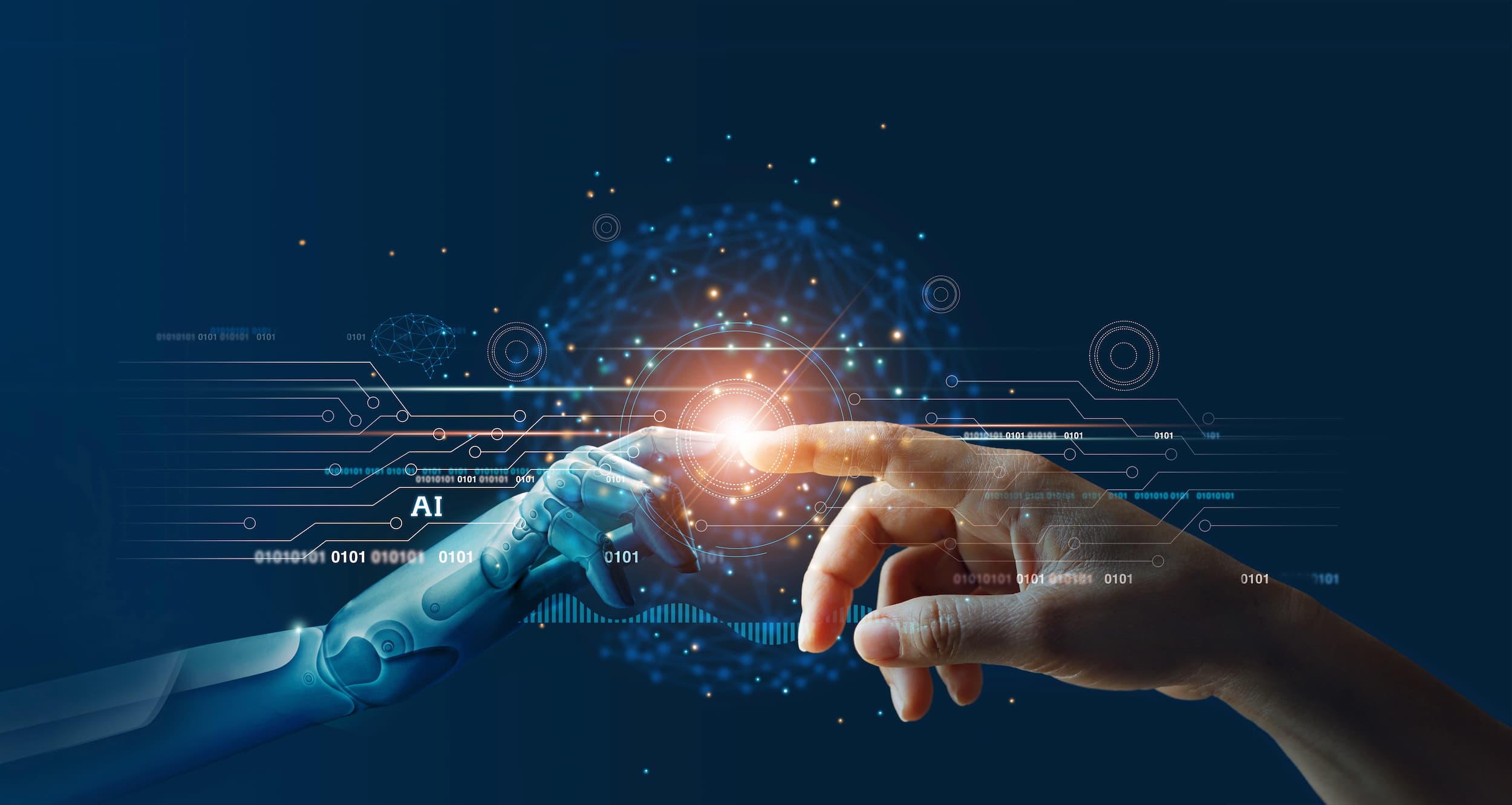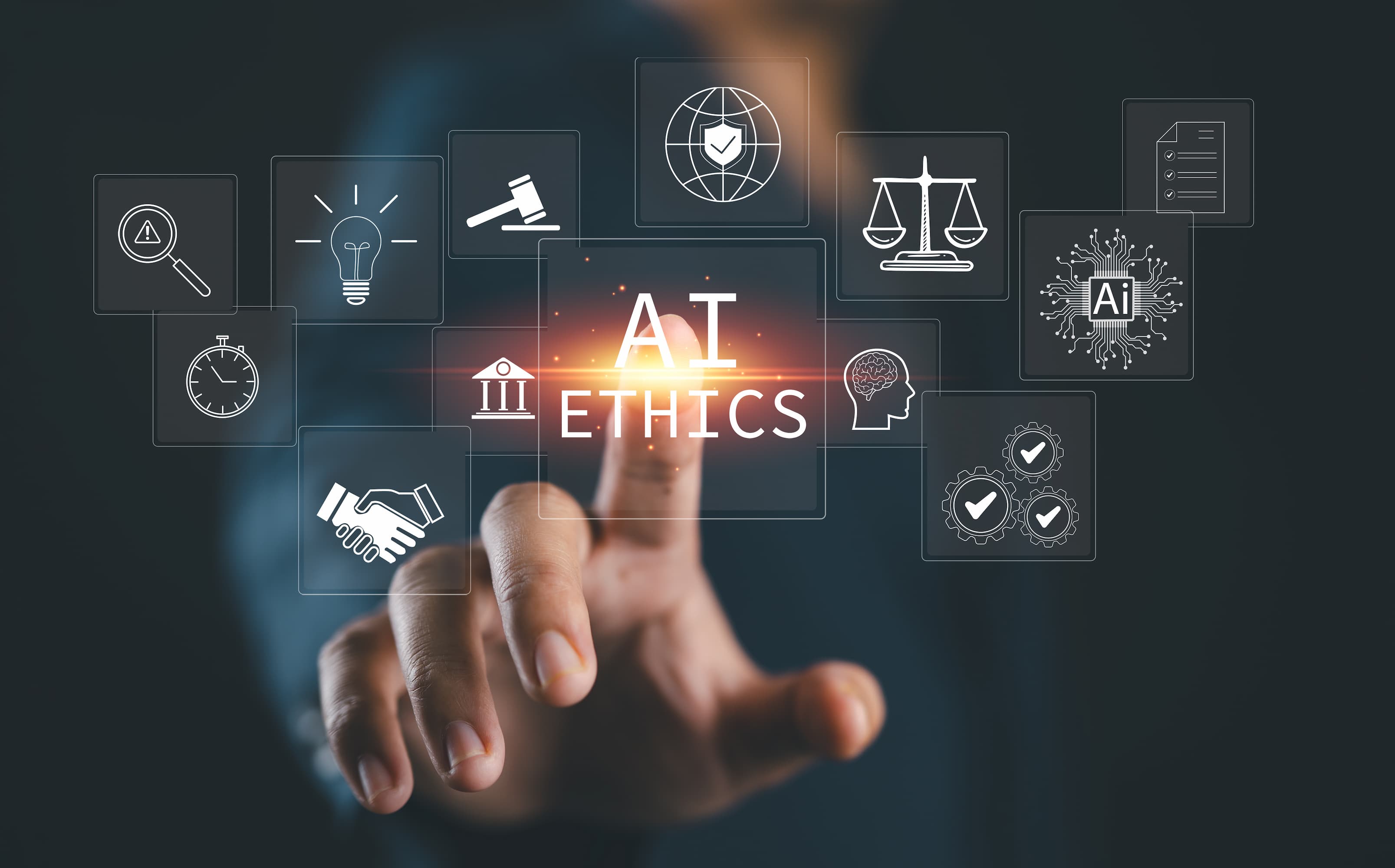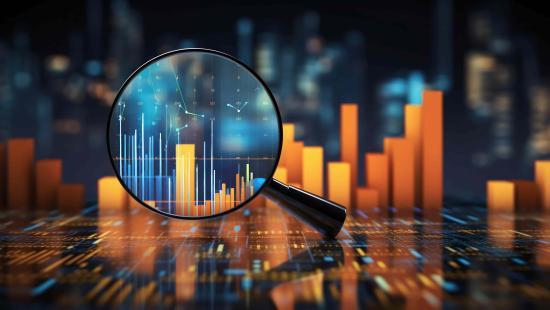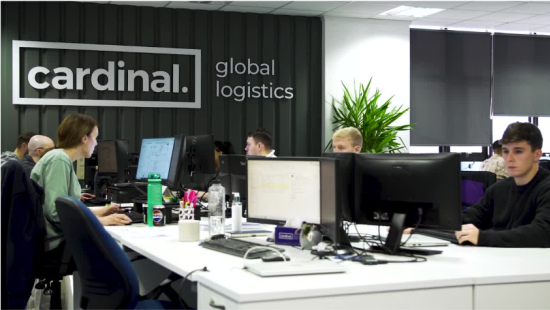Artificial Intelligence (AI) has become a buzzword in almost every industry, promising to revolutionise business operations and redefine efficiency. Customs management and supply chain logistics are no exception. This article explores the challenges and opportunities AI presents in customs management, separating fact from fiction and considering whether AI is truly ready to transform the industry.

In this article
Breaking Down AI: Key Concepts
To understand AI’s role in customs management software, it’s essential to first clarify key AI concepts:
- Machine Learning (ML): Algorithms that allow systems to learn from data, improving their performance over time without being explicitly programmed.
- Neural Networks: AI models inspired by the human brain, excelling in complex pattern recognition tasks such as image and speech processing.
- Natural Language Processing (NLP): AI that enables computers to understand and generate human language, automating document processing and regulatory compliance checks.
- Robotics: Combining AI with physical systems to create automated solutions capable of handling logistics operations.
- Expert Systems: AI-driven solutions designed to emulate human decision-making in specialised domains.
- Computer Vision: AI technology that interprets and processes visual information, potentially assisting in cargo inspections and compliance checks.
- Reinforcement Learning: A type of machine learning where AI learns through trial and error, improving decision-making capabilities over time.
Opportunities: How AI Can Transform Customs Management
Despite current limitations, AI holds significant promise for customs and supply chain logistics. Some potential applications include:
- HTS (Harmonised Tariff Schedule) Determination & Validation: AI tools help analyse trade data to accurately classify goods, reducing misclassification errors.
- Enhanced Denied Party Screening: AI-powered screening improves accuracy by reducing false positives in identifying restricted entities in global trade.
- Document Categorisation and Extraction: Computer Vision and Natural Language Processing (NLP) can automate document processing, reducing manual workload and errors.
- Audit Automation: AI-driven analysis of trade declarations and payments can flag inconsistencies and compliance risks.
- ETA Predictions and Risk Analysis: AI can analyse real-time shipping data to optimise estimated arrival times and mitigate delays.
- Digital Customer Interaction: AI-powered chatbots and virtual assistants can streamline communication and enhance customer service.
What Are Potential Uses of Generative AI in Supply Chain and Transportation Logistics Software?
- Demand Forecasting: Generate accurate demand forecasts based on historical data and market trends.
- Route Optimisation: Create efficient transportation routes considering delivery deadlines and costs.
- Supply Chain Simulation: Model scenarios to identify bottlenecks and improve supply chain resilience.
- Predictive Maintenance: Use AI for proactive equipment maintenance to reduce downtime.
- Warehouse Layout Optimisation: Optimise warehouse layouts for improved accessibility.
- Freight Rate Prediction: Predict future freight rates for better budgeting and negotiation.
- Natural Language Processing: Automate document processing and summarization.
- Risk Assessment: Simulate and plan for potential supply chain disruptions.
- Supplier Evaluation: Automate supplier assessment based on historical data and performance.
- Last-Mile Delivery Optimisation: Optimise last-mile delivery for better customer satisfaction.

Risks and Challenges: The Roadblocks to AI Adoption
Despite its potential, AI in customs management faces several hurdles:
- Training Bias: AI models are only as good as the data they are trained on, and biases in historical data can lead to inaccurate predictions.
- Regulatory Uncertainty: Global trade regulations are complex and frequently changing, posing challenges for AI adaptation.
- AI "Hallucinations": AI-generated content can sometimes be incorrect or misleading, which is a significant risk in regulatory compliance.
- Security Concerns: "Prompt hacking" and adversarial attacks could compromise AI decision-making systems.
- The Black Box Problem: AI’s decision-making processes are often opaque, making it difficult to audit and validate outputs.
- Computational Costs: AI requires immense computing power, increasing costs and energy consumption.
- Copyright and Data Lawsuits: AI systems trained on proprietary or copyrighted data risk legal challenges.
AI in Customs Software: Cutting Through the Hype to Uncover Real Impact
The future of AI in customs management lies in a balanced approach—leveraging AI where it provides real value while maintaining transparency and accountability. Rather than jumping on the AI bandwagon prematurely, customs software providers must:
- Prioritise Explainability: AI systems should provide transparent and auditable decision-making processes.
- Ensure Regulatory Compliance: AI should be trained on up-to-date, reliable trade compliance data.
- Mitigate Risks: AI should augment human expertise rather than replace it entirely, ensuring accountability. Indeed, some governments are recognising that tools do exist in the whole customs process, but are clarifying what does actually constitute as ‘’customs business’’ (1)
- Invest in Scalable Infrastructure: AI adoption requires robust computing resources, demanding strategic investment.
Our Position on AI in Customs Management
As AI continues to evolve, our approach to integrating AI into customs management software is grounded in:
- Transparency: We believe in clear and honest communication about AI capabilities and limitations.
- Security and Trust: Our solutions prioritise data security and compliance with global trade regulations.
- Real AI-Driven Innovation: We are committed to developing AI solutions that genuinely enhance efficiency and accuracy, not just automation masked as AI.
Conclusion: Is AI a Game-Changer or Not Quite There Yet?
While AI has the potential to revolutionise customs management, it is not yet at the stage where it can fully replace human expertise and regulatory oversight. Many current claims of AI integration in customs software are overstated, focusing on automation rather than genuine intelligence. The future of AI in customs management lies in continuous development, responsible deployment, and a realistic understanding of its capabilities. As we move forward, businesses must cut through the hype to harness AI’s real impact—without falling for mere smoke and mirrors.
Partnering for the future of AI in Customs Management
We recognise that the true potential of AI in customs software lies in collaboration. That’s why as well as using AI internally and implementing customer facing solutions we also work closely with key partners in the AI sector who are focused on developing specific solutions for customs and supply chain challenges. Through these partnerships, we are working on targeted projects that harness AI’s capabilities for risk assessment, compliance automation, and operational efficiency. By leveraging expertise from AI specialists, we aim to drive meaningful innovation that delivers real-world value for our customers.
Insights & Resources for UK Customs
Stay informed with expert blogs and practical content covering customs & regulatory solutions for the UK market.



